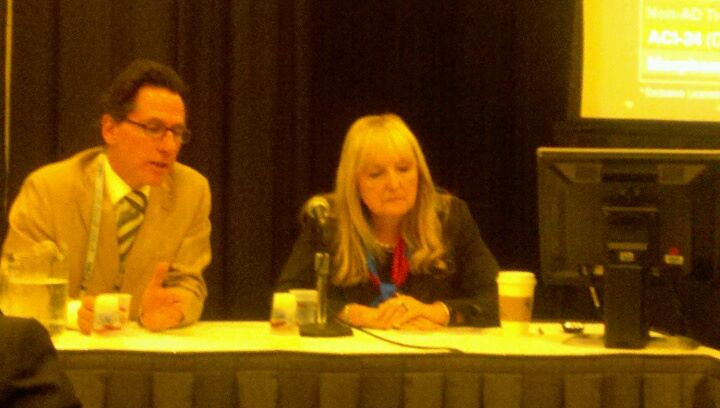University communications and institutional research experts expressed doubt about the accuracy and usefulness of most college reputation...
harris communications group
Massachusetts governor signs collaboration agreements with Medicon Valley in Denmark and Sweden, and with Catalonia, in...
Speaking at the 2012 BIO International Convention, CNN' s Fareed Zakaria said that while he is optimistic...
Four Boston area Israeli collaborations receive $1.3 in funding for innovative medical and energy projects under new...
AC Immune has entered into a second exclusive worldwide license agreement and research collaboration with Genentech,of the...

